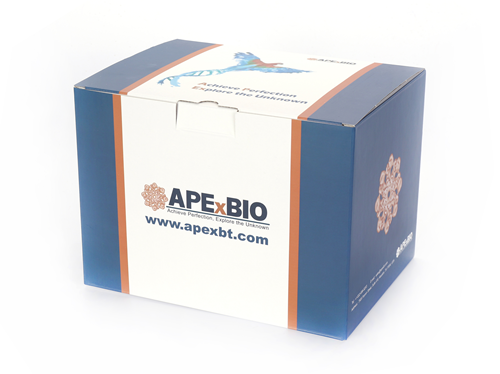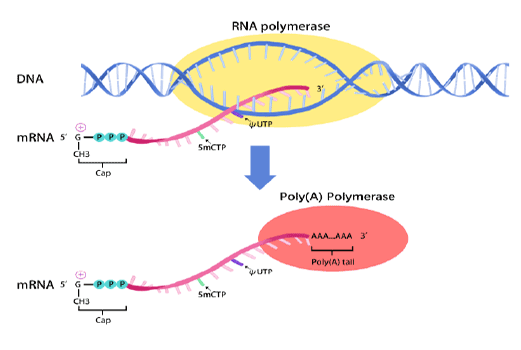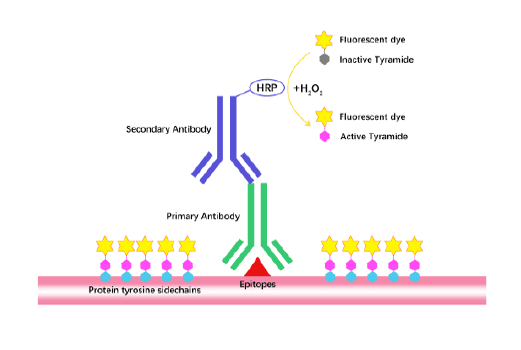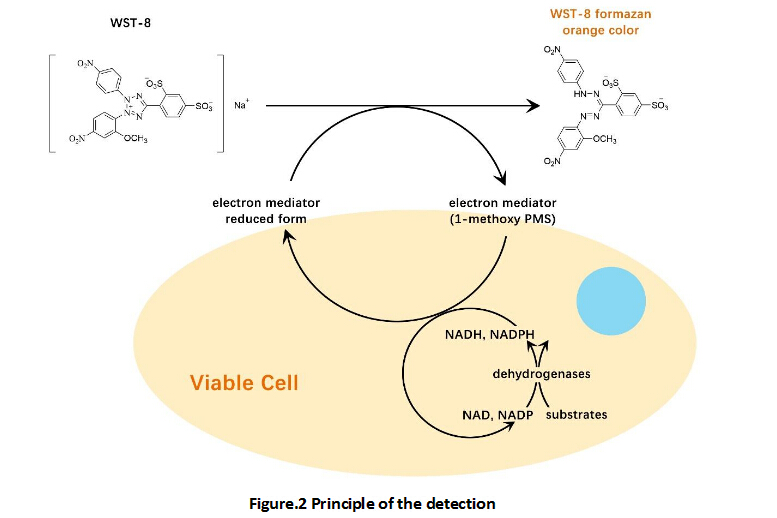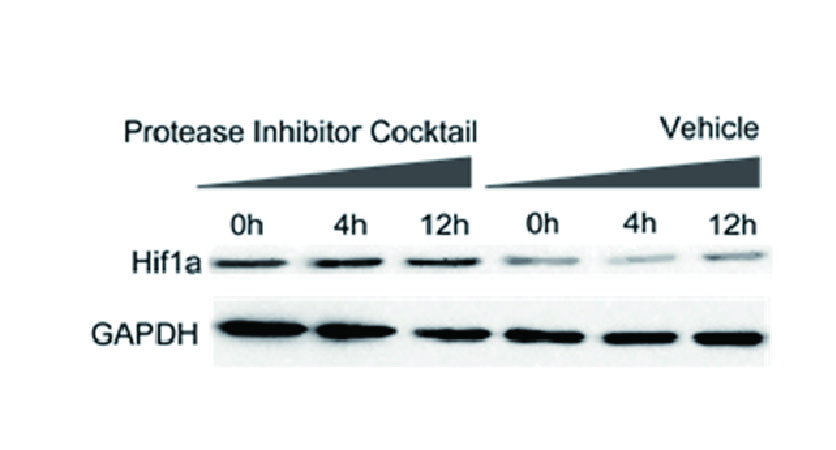Protein G Magnetic Beads
Protein G, a streptococcal bacterium surface protein that specifically binds some IgG Fc regions, is covalently coupled to ~200 nm magnetic beads to form a solid-phase affinity matrix widely used in biochemical and immunological research. Protein G Magnetic beads selectively capture IgG from biological samples, aiding isolation/purification for IP, Co-IP, ChIP, and antibody purification from serum/culture media, with rapid binding and easy magnetic separation. Protein G Magnetic beads can be regenerated and reused (>5 cycles) via elution methods like acidic conditions or SDS-containing buffers.
| Component | K1304-1ml | K1304-5*1ml |
| Protein G Magnetic Beads | 1 ml | 5*1 ml |
Store at 4 °C for two years. | ||



